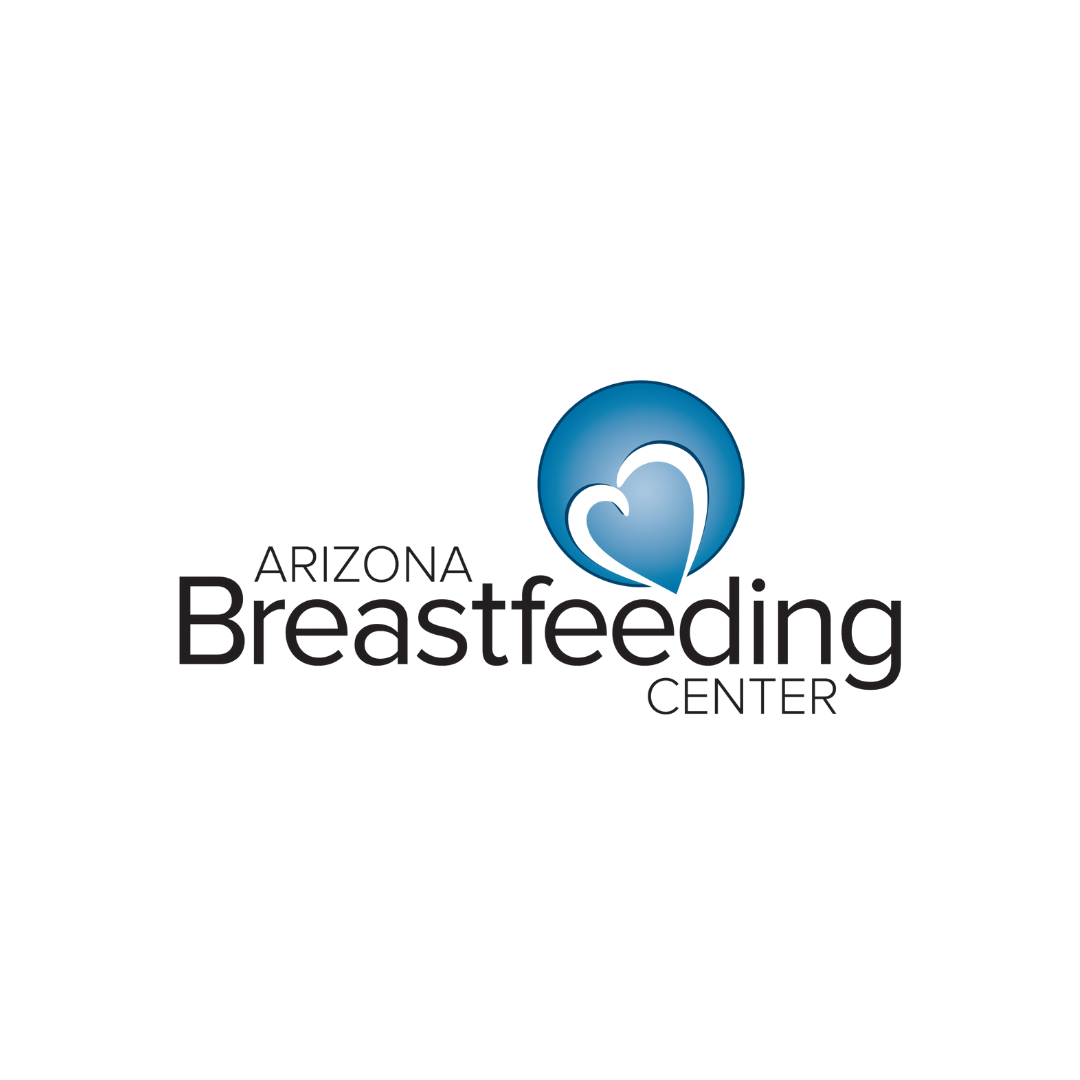Breastfeeding Beyond Infancy & Weaning: What’s Right for You
For many families, breastfeeding doesn’t end at 6 months or even 12 months—and that’s completely normal. In fact, both the American Academy of Pediatrics (AAP) and the World Health Organization (WHO) recommend breastfeeding beyond a baby’s first year, for as long as parent and child desire.
Still, questions often arise: How long is “too long”? How do I know when it’s time to wean? What if I feel ready but my child doesn’t?
Let’s explore breastfeeding beyond infancy and the process of weaning, so you can feel confident about your family’s journey.
Why Parents Choose to Continue Breastfeeding
Breastfeeding after the first year can look different for every family, but the benefits are well documented:
Immune support – Breast milk continues to provide antibodies and immune protection.
Nutrition – It remains a source of protein, fat, and micronutrients alongside solid foods.
Comfort and bonding – Nursing can be a soothing and grounding ritual for both parent and child.
Emotional security – Many toddlers rely on breastfeeding as part of their attachment and connection.
Facing Social Pressures
Despite its benefits, extended breastfeeding can sometimes invite unwanted questions or criticism. Comments like “Isn’t she too old for that?” can leave parents feeling judged.
The truth is: there’s no universal timeline for weaning. What matters most is what works for your family.
Understanding Weaning
Weaning is best thought of as a gradual process, not a single moment. There are a few common approaches:
Baby-led weaning – The child naturally loses interest in breastfeeding over time.
Parent-led weaning – The parent begins to set limits or reduce feedings.
Partial weaning – Continuing to nurse at certain times (like bedtime) while reducing other feedings.
Gentle Weaning Tips
Drop one feeding at a time, giving both your body and your child time to adjust.
Offer cuddles, snacks, or special routines in place of nursing.
Focus on the times of day your child is least attached to first.
Remember that nighttime weaning often takes the most patience.
Caring for Yourself in the Process
Weaning can bring up mixed emotions. Some parents feel relief; others feel sadness. It’s okay to grieve this stage while celebrating the next one. Taking care of yourself, seeking support, and talking openly about your feelings is just as important as supporting your child.
Final Thoughts
There’s no single “right” time to stop breastfeeding. Some children self-wean as toddlers, while others continue nursing into preschool years. The best decision is the one that works for you and your child.
If you’re navigating breastfeeding beyond infancy or wondering how to begin weaning, our IBCLCs can help you find an approach that supports your goals and feels right for your family.
